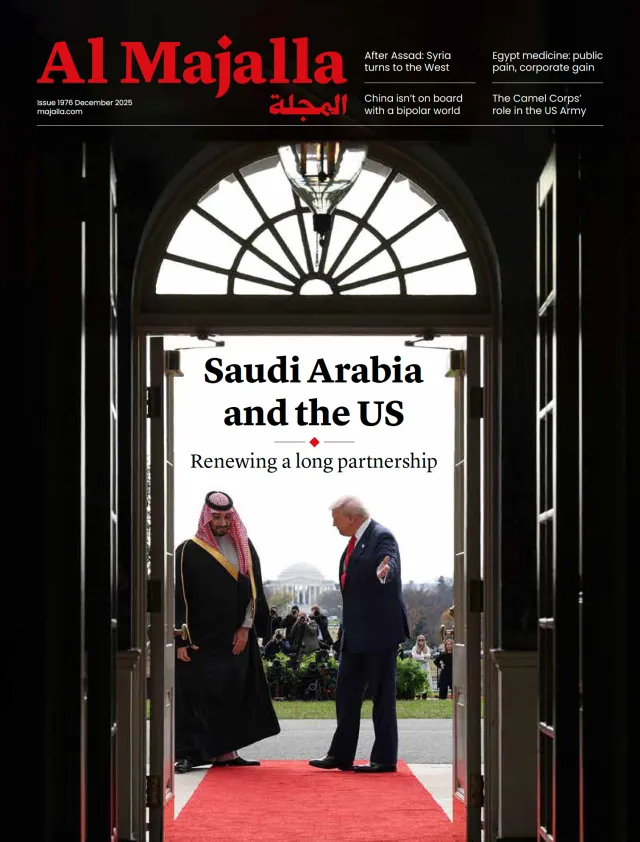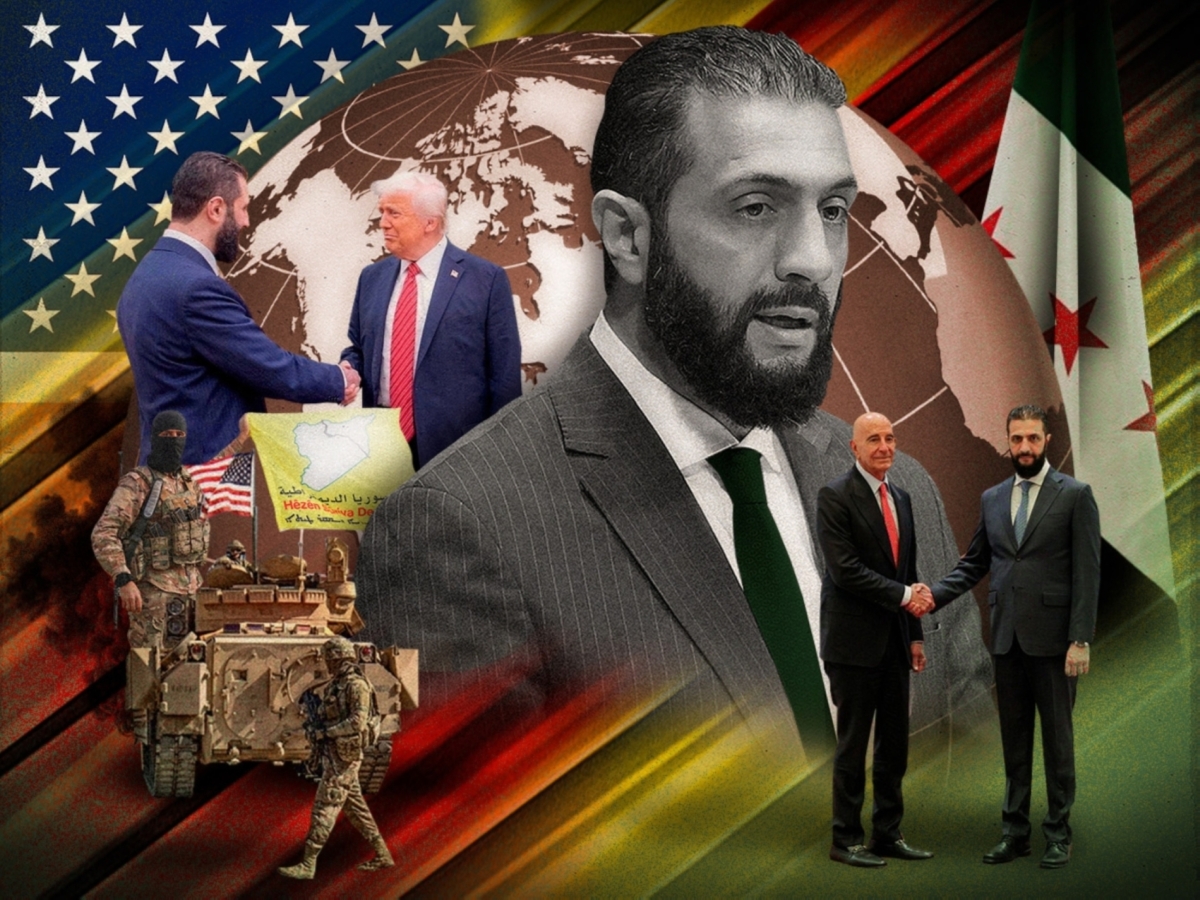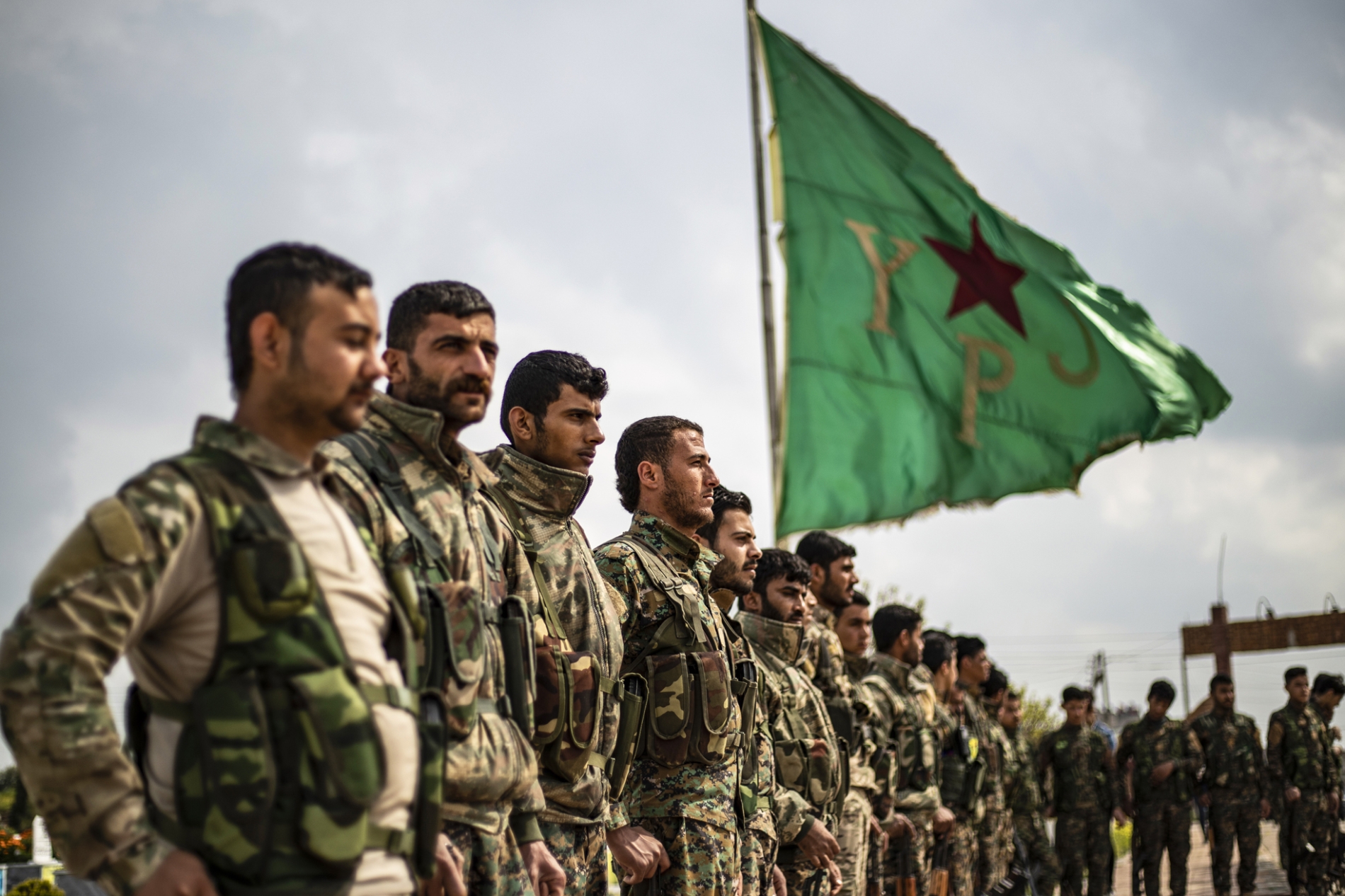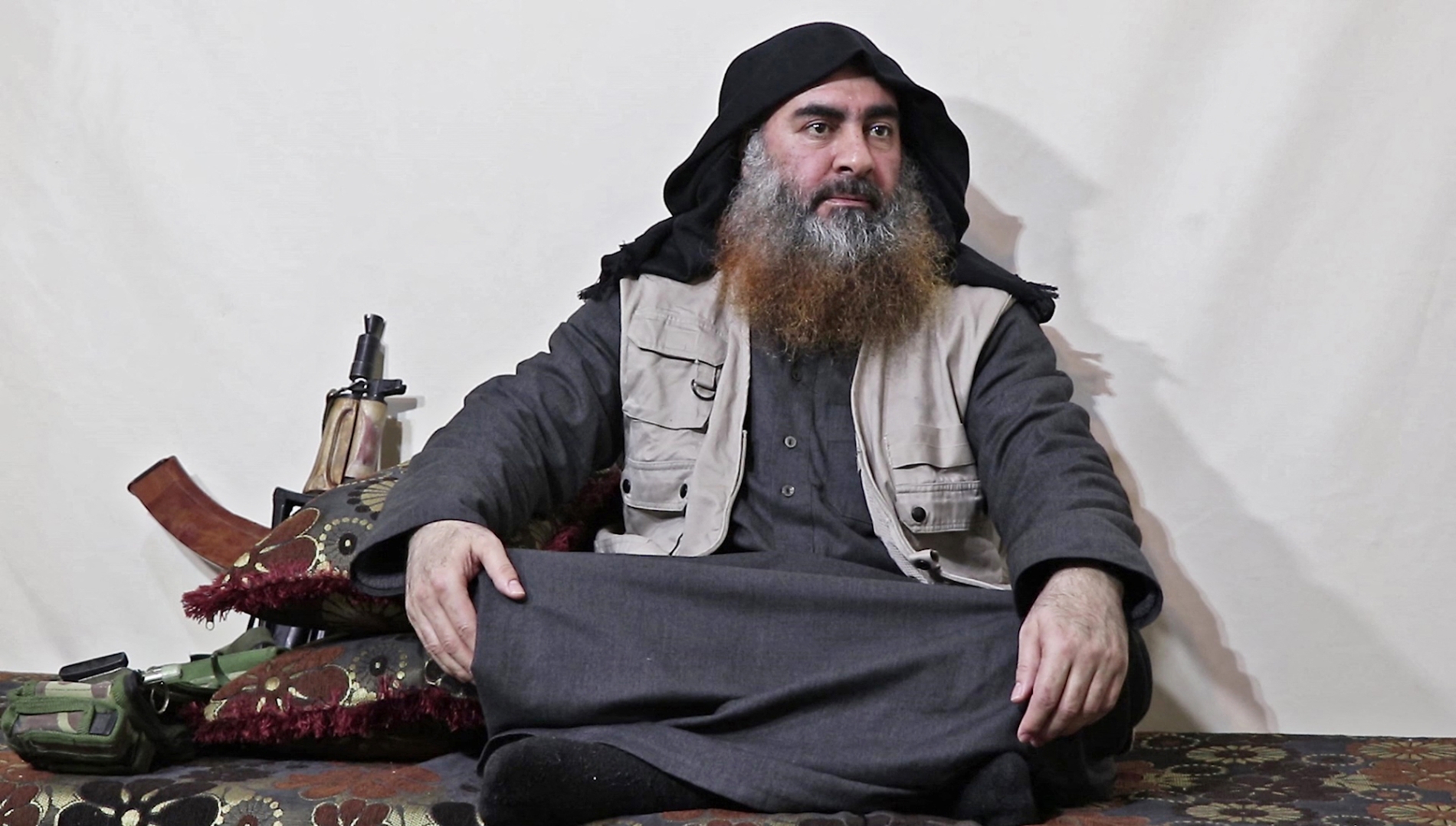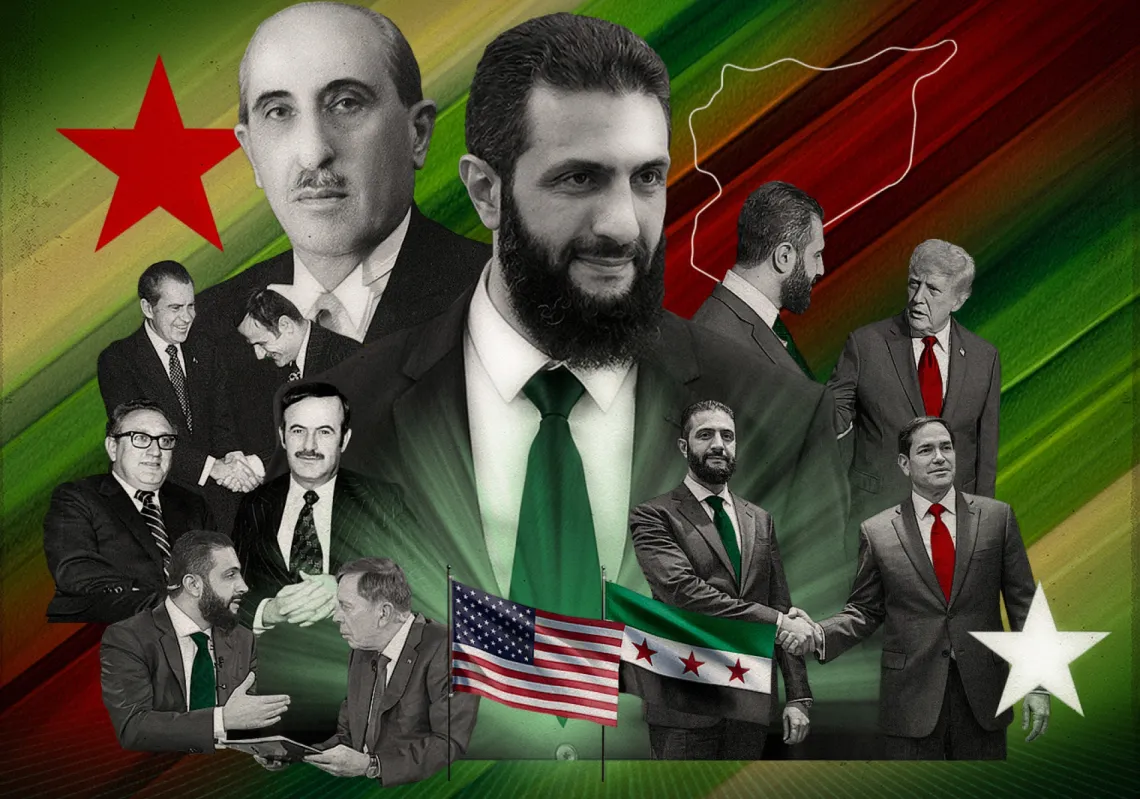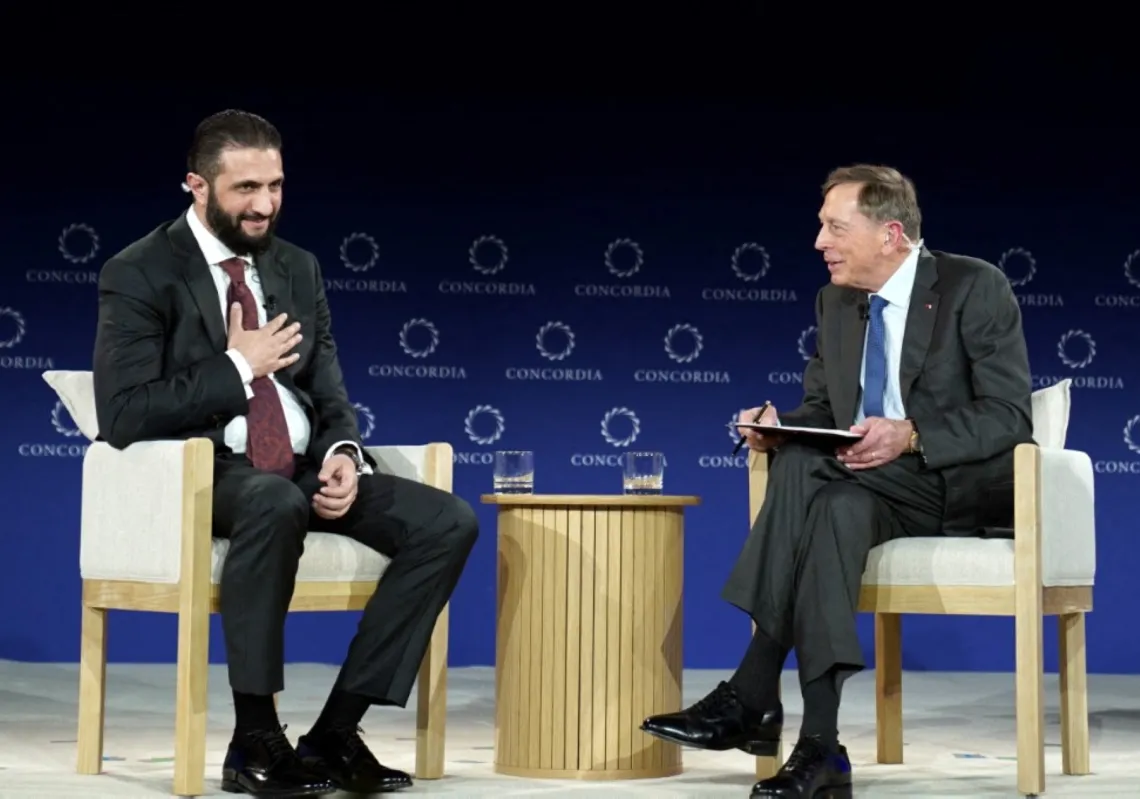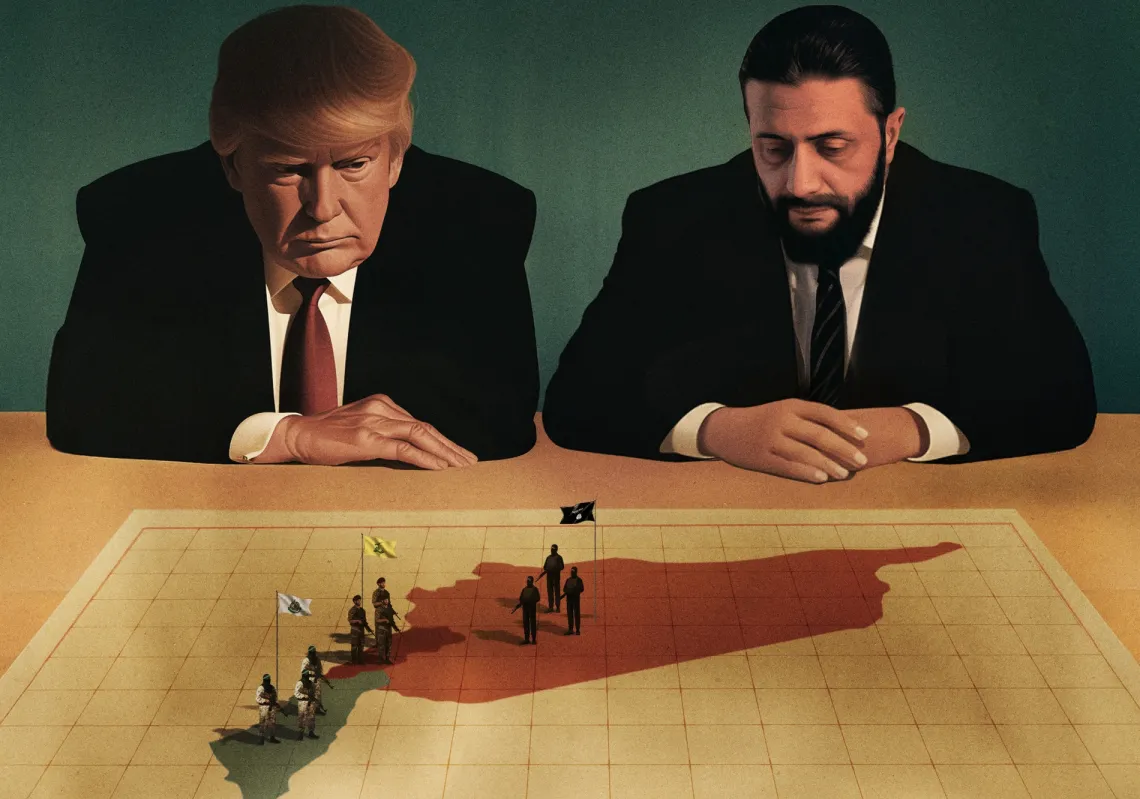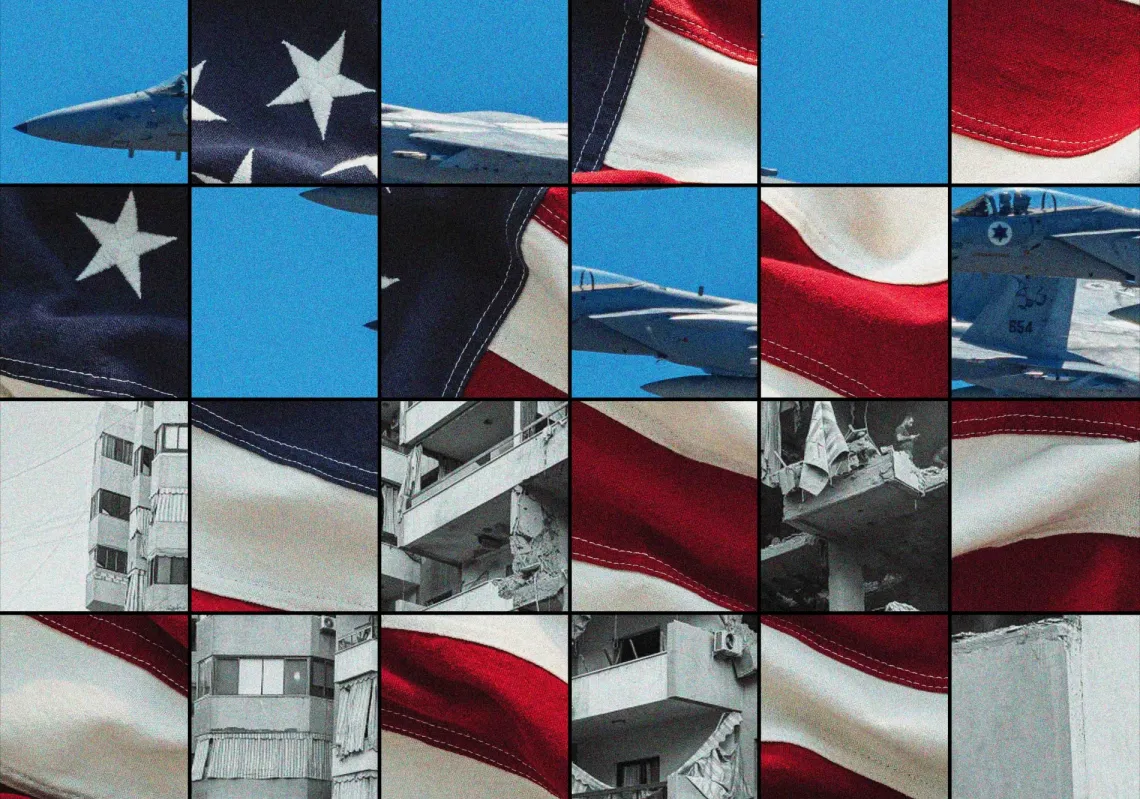Syrian President Ahmed al-Sharaa is set to arrive in the United States for the second time in less than two months —this time in Washington, DC—marking the first-ever visit by a Syrian head of state to the White House since the country gained independence.
US envoy to Syria, Tom Barrack, outlined the visit's agenda, noting that a primary objective is Syria's accession to the international coalition against the Islamic State (IS), describing the move as "a historic turning point and a landmark in relations with Washington."
Washington has several objectives in bringing Syria into the coalition, objectives that are matched by potential gains for the Syrian government, making this a mutually beneficial step on both the political and military fronts. It presents an opportunity to ease regional tensions, close the IS chapter once and for all, deter Syria from falling back on its historic alliance with Russia (formerly the Soviet Union), and counter any Iranian attempt to regain its foothold in Syria.
To facilitate this development, the US scrambled to overcome both legal and political hurdles. These included easing tensions between Damascus and the Syrian Democratic Forces (SDF), reassessing the geographical and logistical aspects of its military presence in Syria and removing al-Sharaa and Interior Minister Anas Khattab from the terrorism watchlist. On Thursday, 6 November, the US secured their removal after pushing for a Security Council vote on the matter. Of note, China abstained after requesting amendments, which ultimately led to its decision not to oppose the motion.
A second goal involved conducting field assessments of specific military sites within areas under the control of the Syrian government. Washington and the coalition plan to use these locations as operational bases for missions targeting IS within Syria. They are also expected to serve as logistical hubs supporting both Syrian forces and international troops stationed across the Middle East.
Washington considers this military presence crucial in addressing Israeli security concerns, which remain a major obstacle in its dialogue with Damascus. It is also seen as a way to counterbalance any foreign military deployments in the region that might threaten Western interests, particularly those linked to Russia.
In addition, Washington's move to establish a military base is also aimed at narrowing internal divisions within the US administration. For its part, the Department of Defence has voiced concerns over what it sees as the State Department's increasingly favourable position towards the new Syrian government.
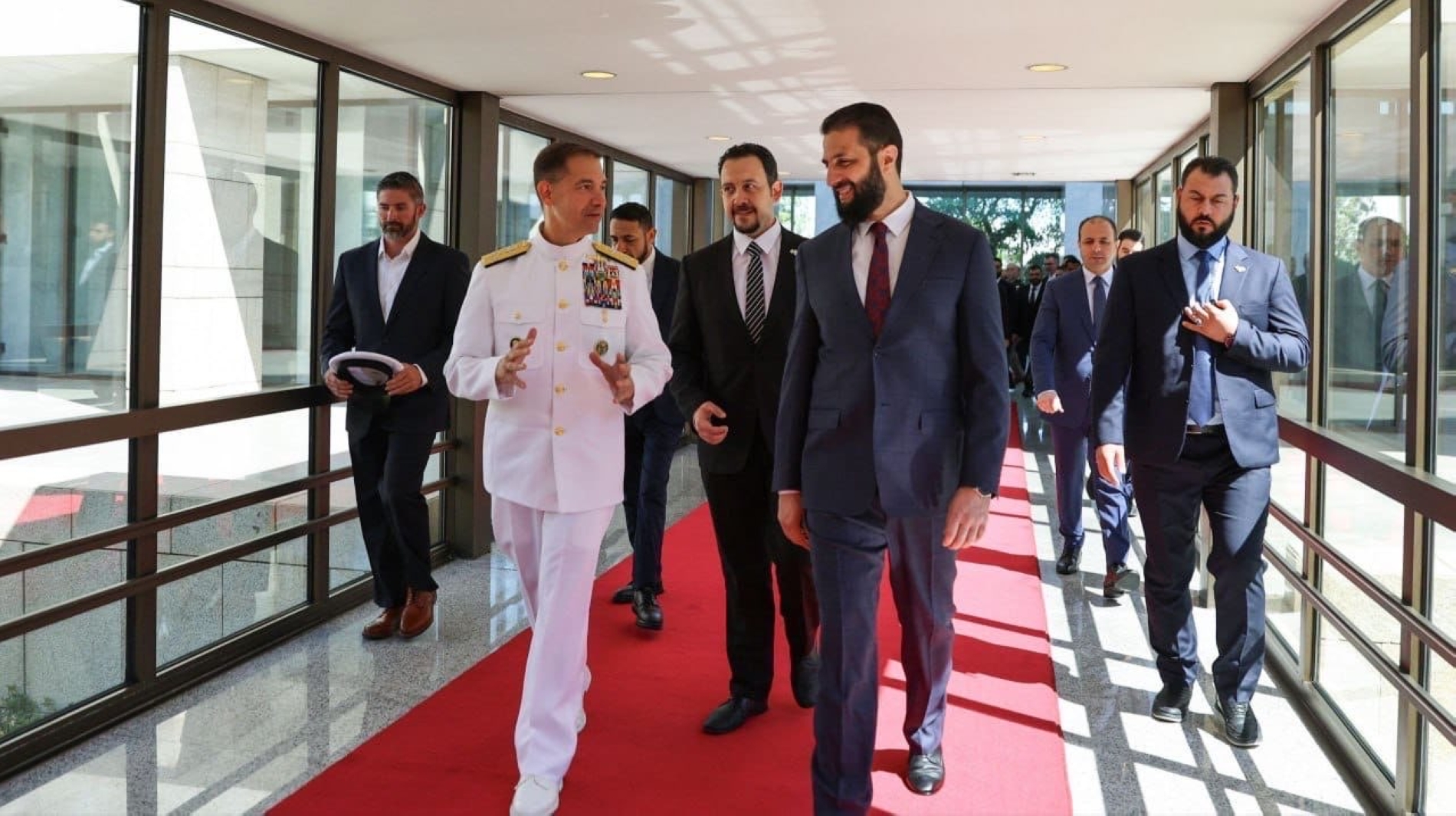
Site scouting
In an effort to alleviate the Pentagon's concerns, as well as those of certain coalition partners, a coalition base within Syrian government-held territory, designated for operational coordination, will likely be established.
According to Al Majalla sources, a coalition delegation recently visited several military sites, including al-Dumayr Military Airport, al-Sin Military Airport, and other bases close to al-Sin Airport. The strategic positioning of these locations is considered significant for several reasons. They are situated in the Syrian desert—an area where IS remains active—positioned along the international highway that links to the al-Tanf base, and lie near both southern Syria and the Lebanese border.
Sources familiar with the matter expect al-Sin Airport to be prioritised over al-Dumayr, particularly after the coalition delegation conducted a second visit to the site earlier this month, carrying out detailed inspections of the area and its surrounding geography. This indicates that the coalition may be planning to establish key observation outposts near the airport, which is likely to become its main base of operations.
Although the final decision to establish a coalition base remains under discussion, several Western sources told Al Majalla that they expect swift progress on the matter. However, the operational phase depends on Syria officially joining the international coalition against IS.
Washington's laundry list
From the outset, Washington set several preconditions for its support of Syria. Foremost among them is Syria's formal accession to the international coalition. Other demands include addressing the issue of foreign fighters embedded within the Syrian army, curbing Iranian and Russian influence in Syria, tackling the captagon drug trade, and entering into negotiations with Israel.
Syria's inclusion in the coalition would provide significant political and military gains for Washington and its Western partners. Officially, the Syrian government would become a recognised partner in the fight against terrorism and would be required to implement several internal measures, including the removal of radical foreign fighters, restructuring its military and counter-terrorism units, sharing intelligence with the coalition, and allowing coordinated operations by coalition forces on Syrian soil.

Read more: What Trump wants from Sharaa
Furthermore, Syria's participation would involve expanded training and coordination efforts, eventually including the Syrian army. For now, coordination remains limited to the Ministry of the Interior. It would also open the way for joint operations between the Syrian and Iraqi governments on related fronts, potentially leading to combined efforts against Iranian-backed militias operating along the Syrian-Iraqi border.
Additionally, Syria's membership would lend legal and political legitimacy to the presence of coalition forces in the country. This, in turn, would provide Washington and its allies with a recognised political and military influence in the region. Over time, such a development could help prevent the resurgence of extremist movements and steer Syria away from its traditional alignment with the Eastern bloc.
Weighing the pros and cons
Over the past two months, the Syrian government, particularly the Ministries of Defence and Interior, has held a series of meetings to assess the implications of joining the international coalition. These discussions have centred on the potential benefits and foreseeable challenges to manage the transition as effectively as possible.
The anticipated benefits are considerable. Foremost among them is enhanced legitimacy for the Syrian government and its formal partnership with the coalition, a development expected to have a direct impact on negotiations with the Syrian Democratic Forces (SDF), whose influence has stemmed mainly from being the coalition's sole partner in Syria.
For the Ministry of Defence, a key advantage lies in gaining access to coalition intelligence on individuals who are currently or have been previously affiliated with IS. Such intelligence would significantly strengthen internal vetting procedures for recruits and existing personnel, with similar benefits extending to the Ministry of Interior.

